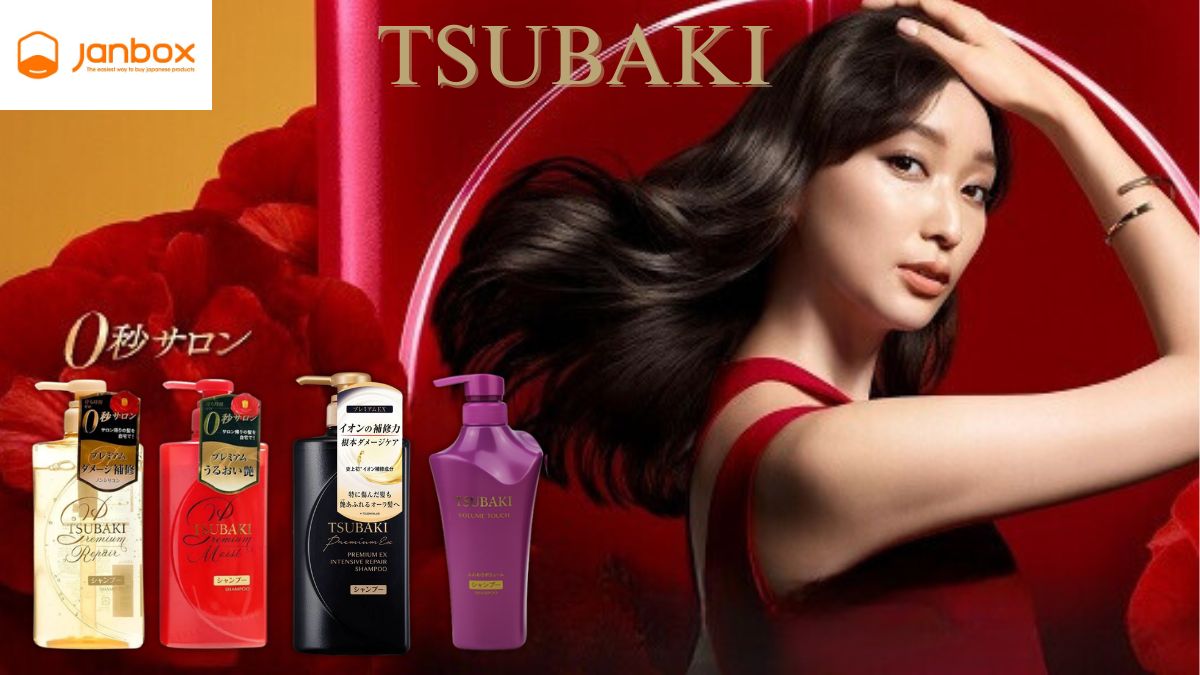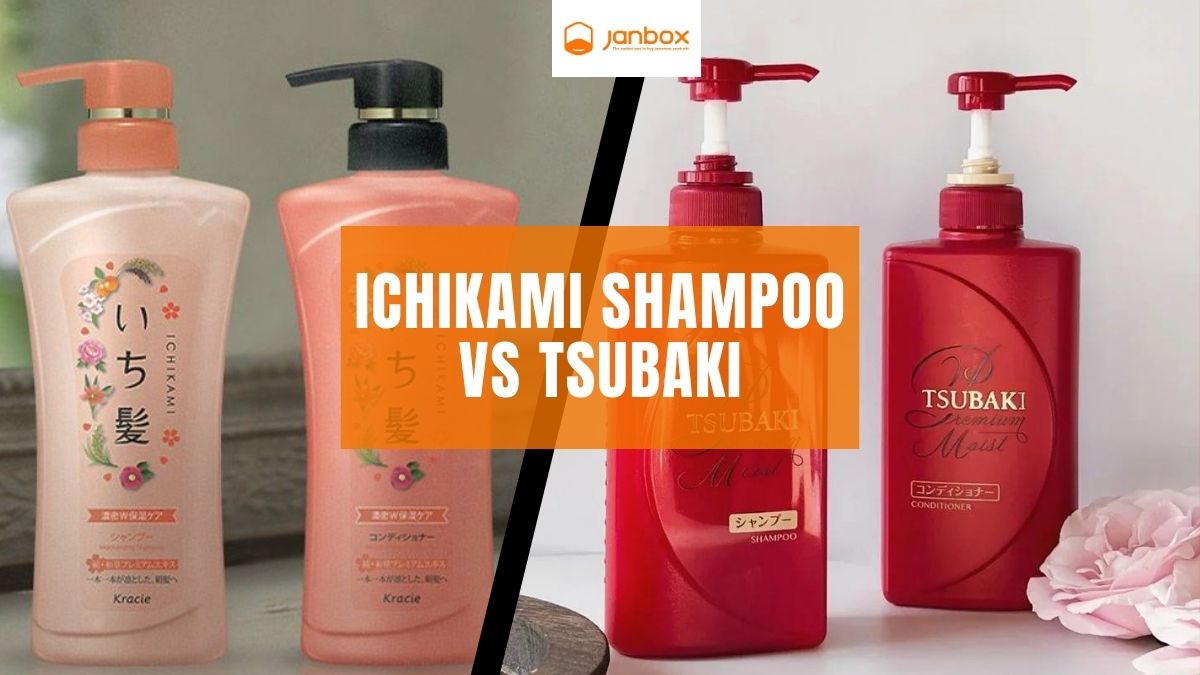With its own distinct style, TEMARI is undeniably among the most enjoyable, relaxing, and gratifying needle arts out there. Temari, which has its origins in Japan, is a gift that has come to represent excellence, profound friendship, and unwavering loyalty. Temari are cherished not only for their historical significance, but also as works of exquisite beauty, delightful intricacy, and awe-inspiring decoration.
Even after a thousand years, the bright temari balls of geometric thread designs are still popular with collectors and artisans as symbols of youth, femininity, and good fortune. In this article, we will discover what temari balls are, where they came from, and where you can purchase some.
I. What are temari balls?

The history of temari is extensive and rife with legend, just like the history of many other Japanese arts. The term “temari” is made up of two simple components: the kanji for “hand” (te) and “ball” (mari). Kemari, a type of kick ball imported from China during the Yamato period more than 1300 years ago, is thought to be the inspiration for the name. The original temari was created from silk scraps and were played with an inside like a tacky sack using one’s hands and elbows, making them softer and more feminine than their leather counterparts.
Throughout the Edo period (17th to 19th centuries), temari japanese ball’s popularity skyrocketed. The growth of the cotton thread industry at this time in Japan led to the development of the familiar. These softballs, also known as ito-mari (thread balls), were wrapped in elaborate geometric designs of cotton and silk threads, elevating temari from toy to art.
Traditionally, adults would give temari balls to youngsters on New Year’s Day as a symbol of their hope for the next year. Temari balls are a prominent motif on the kimonos of modern Japanese girls and young women, representing both the New Year and the innocence and beauty of their generation. As a symbol of good fortune, a kimono with a temari design is traditionally presented to the bride. This is done in the hopes that the new family would be prosperous.

While most people today think of temari balls solely as a home decoration, you can also see some contemporary examples being used as keychains, phone straps, and even jewelry. What makes temari balls fascinating is how a single thread can be manipulated into an intricate and lovely pattern. Many complex geometric shapes emerge from a single spherical, prompting the observer to ponder the object’s origins.
II. History of temari balls

The Japanese traditional snack temari has a deep and meaningful cultural heritage. There is a common belief in Japan that the sport of kemari (football) was brought to the country from China around 1400 years ago, marking the beginning of the tradition of stitching temari balls. Termi is an art form with humble origins.
As the Edo period progressed, the practice of making temari balls among Japan’s aristocratic women became a popular needlework pastime (1600-1868). Japanese girls of all ages received bright thread globes hand-sewn by court maids. They’d all sit on the ground and have the kids roll temari balls back and forth between them.
As the number of Japanese women interested in traditional arts and crafts grew over the years and across the country, more and more of them began to investigate this folk skill and eventually refined it.
Japanese embroidered designs, such as the kiku (chrysanthemum), were incorporated, along with colors taken from the natural world and stitching patterns from other Asian embroidery styles. Patterns reminiscent of a kaleidoscope quickly became popular on Japanese temari balls. The vibrant hues of kimono silk were put to use as they were stitched into intricate temari designs. Embroidered jigsaw puzzles, the newest temari balls were constantly evolving works of art.

Making temari balls is also a form of clothing recycling that dates back to ancient times. Reusing worn-out kimonos inspired the creation of the first temari balls. The cloth used to make kimonos, the traditional Japanese dress, was highly expensive and carefully maintained, thus it was discovered that the stitching could be reused. As gifts for young ladies, they were commonly created by maids throughout the Edo era (1600-1868). In time, more intricate patterns were added, and artisans began sewing embellishments like tiny bells onto the balls.
>> Read more: The 17 Types of Japanese Traditional Dolls You Need To Know
III. Some steps to make temari balls
Although it was originally a mom-and-daughter activity, today’s temari balls are a highly regarded art form that has evolved over the years of practice and experimentation of its master artisans. However, with our simple guide, all temari balls are built using the same five-step process that any beginner can master with a little effort. Here are the details of each step:
Step 1: Materials
You will need: A bit of yarn (colors that you like), a needle, thread, some pins, a measuring tape and a scissor.
Step 2: Roll a yarn and thread ball

A ball of yarn may be any size you want it to be, so start by rolling it into that size. Next, you’ll want to finish the yarn off by knotting it. The next step is to roll your thread into a ball. You should thread your needle, but you shouldn’t cut the thread. Sew back into the ball of yarn after passing the needle through the knot. Repeat the process of stitching through the ball with the thread tail until the thread becomes too tight or breaks.
Hint: If you like, you may even wrap it in two different colors at once! The ball is covered more quickly and with a beautiful, rich texture.
Thread should be tightly wrapped from around ball in all directions. You should aim to get a perfect circle with this wrapping. Keep going until nothing remains visible but the wrapping thread. After you’ve finished, snip the thread off the spool but leave a lengthy tail. Once you’ve got the needle threaded with the tail, you can start stitching all over the ball’s exterior.
Step 3: Mark with pin

Making temari balls requires primarily geometric operations. So, we need to uniformly space out certain points to subdivide this sphere. Here’s when a flexible tape ruler could come in handy.
A first pin should be inserted straight into the center of the ball. Then, in the same central location, put another pin. Put in another set of pins to make a line down the middle that cuts across the first at 90 degrees. Do this again to make a full set of right angles in three dimensions.
The other two sets of pins will make up the equator, while one set will serve as the poles. It makes no difference at this point which one you choose because they are both the same. Split your “equator” in half, then divide each half in half again. Then, further separate each of these groups into smaller parts.
Step 4: Sew some guidelines

We’ll always utilize the same method of securing and knotting off a new length of thread:
Get yourself a good length of thread. Just keep stitching through the ball until it’s nearly impossible to get the thread out of the ball without unthreading all of your stitches. Finish the knot by retracing your steps to join the tail by sewing it into the ball. Nail a thread onto it. Finally, round the globe’s equator with this thread.
If you’d like the line to be thicker, you can repeat the process numerous times. Wrap each equator pin with thread, either the same thread or a fresh thread. Make a little stitch at the point of intersection to secure your guide threads.
Step 5: Begin to stitch a pattern

Stitch in a patterned border according to your specifications. Put stitches only in the corners. Otherwise, tie it up. Do the same thing on the opposite side of the globe. All the colors should be used again to complete the pattern you’ve already embroidered. I began in the center and built outward, beginning with a purple base and progressing through layers of another purple, teal, etc.
You can use as many repetitions of a single hue as you like to make it thicker. As you sew, you may find that the threads resist staying in their designated slots. You can use the point of your needle to gently press them back into position, and a single, small stitch over a crossing of colors will hold them in place.

Voila! Take a look at those gorgeous temari balls. This is a great gift for a young relative, a close friend, or a friend’s child. Put it on display if you like. Similarly, you can tie a loop of thread and suspend it from a ceiling fixture or a tree. You may also replicate this in a wide range of sizes, shapes, and hues. Have fun expressing your originality!
IV. Types of Temari Designs
The variety of temari patterns available is practically limitless. There are approximately 200 formally recognized traditional temari balls patterns, yet just by switching up the colors or adding a new section, the final product might look completely different.

It almost seems like a tradition of Japanese to the belief of colors, depicted in many Japanese goods such as maneki neko. It is explained that the intricate designs and carefully chosen colors used in temari balls stitching each have their own significance.
The most prevalent design, a chrysanthemum, symbolizes long life, while the hemp leaf denotes a child’s healthy development and the shippo design (a sequence of connected circles) represents success and prosperity. Many temari balls features iconic Japanese seasonal themes, like cherry for spring or tortoise-shell designs to ward off evil or colors with historic significance, like red and gold, for luck and prosperity.
One common pattern is called futatsu giku (literally means “double chrysanthemum”), and it consists of two chrysanthemums that split the temari balls in half. The hime temari (also known as the princess temari) requires more than a hundred different colored silk threads in order to produce its vibrant colors and shiny pattern.
Threads dyed with aoi-zome, or Japanese indigo, are used in some temari balls, which is an example of how the artform has incorporated other traditional Japanese crafts. This one-color temari make use of the gradations of blue that may be achieved using indigo dye.
Nowadays, many temari painters veer away from traditional Japanese motifs and patterns. Holiday temari might include stripes in the shape of holly or candy canes, while a modern spin on the craft might employ fluorescent hues. For a more spare, monochrome temari, some artists may choose to forego color altogether.
While the flowers and colors used in a temari balls may indicate the season, the number of iterations on the ball can also have symbolic meaning. A temari with 12 pieces is a lucky charm that will bring financial success.
V. Where to buy Japanese Temari balls

Whether you want to try your hand at constructing a temari ball or would prefer to have one made for you by a professional, there are several ways to acquire your very own temari ball. It’s best to stick with Japanese local store to buy the most authentic and high-quality Temari balls. Here are some of our recommendations:
1. Sanuki Kagari Temari
Located in Kagawa prefecture, offers temari balls that can only be characterized as exquisite art if you’re looking to purchase a piece of high-quality temari craftsmanship. Their eye-catching patterns and hues are the result of their elaborate designs.
2. TEMARICIOUS
A shop in Nishi-Okubo, West Tokyo, sells a variety of temari supplies, including both raw materials and finished balls. They also host workshops where customers can learn how to make temari balls (both in Japanese and English).
3. Diana Vandervoort’s TEMARI
A place to go if you want to try your hand at manufacturing temari balls. Vandervoort is author of the first English book on temari, details in great detail the equipment and materials needed to create temari balls. You can begin your journey to becoming a temari expert by purchasing a variety of books, instructional DVDs, and particular patterns by Vandervoort.
However, It’s not common for Japanese local shopping sites to ship internationally or accept foreign credit cards. As a result, making a purchase from one of these websites directly will be difficult without a third-party supplier.
>> Read more: Top 10 Best Japanese Traditional Toys You Should Not Miss
VI. The best way to buy Temari balls from Japan online with Janbox

One of the most reliable international shipping providers is Janbox – where buyers can buy Japanese products faster and cheaper, yet effortlessly.
The most distinct feature of Janbox is the free package aggregation and shipping service, which helps you save money and reduce packaging-related shipping expenses. Customers can easily make purchases of high-quality items in Japan and arrange for their shipment to be delivered securely, quickly, and cheaply, wherever they may be in the world.
Just follow the 4 easy steps below to complete your purchase:
- Find and examine the product the client wishes to buy or bid on, then evaluate the product’s cost.
- Both the product price and the service fee are accounted for in the initial payment.
- Choose a shipping service and cover its costs, both domestic and foreign.
- Enjoy the Japanese imports as you unwrap their attractive packaging.
Conclusion
Making temari balls is an excellent method of preserving Japanese culture. It can also be used as attractive ornaments around the house or as thoughtful presents for loved ones. If you’re interested in buying one from a Japanese local store, visit Janbox service to get one right at your comfort place.
- Email: [email protected]









